The islands in the way of WW2 peace deal between Russia and Japan
- Published
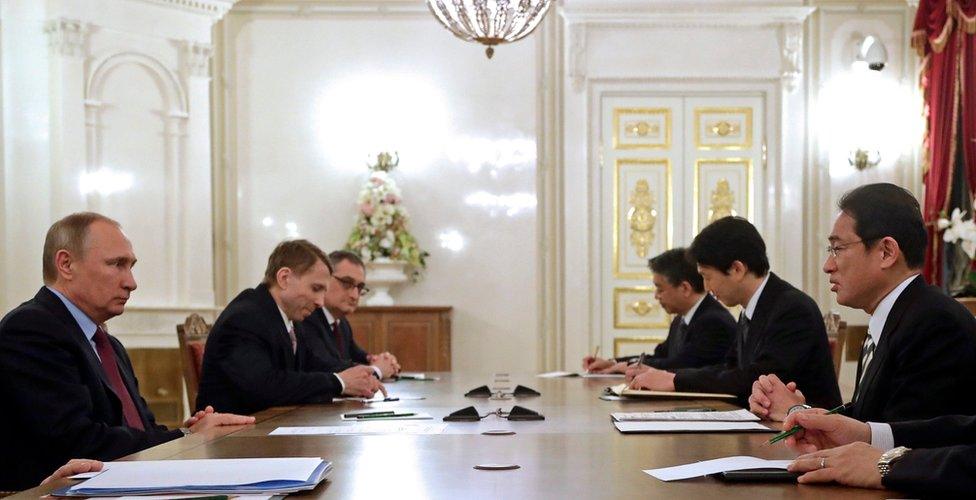
The two countries formally ended hostilities and do have diplomatic relations as set out in a 1956 joint declaration
Russian President Vladimir Putin goes to Japan to meet PM Shinzo Abe for talks on the volcanic islands that have stood in the way of a peace deal since World War Two.
After Japan's WW2 surrender but before any deal was signed, the Soviet Union invaded the Southern Kuril islands
Known as the Northern Territories in Japan, they lie between Hokkaido island and Russia's Kamchatka Peninsula.
Tokyo has long demanded their return, so a peace deal has never been agreed.
The USSR did not sign the 1951 peace treaty between Japan and the Allied Powers, but did sign a joint declaration ending hostilities and restoring diplomatic relations with Japan in 1956.
With the Kurils standing in the way of a permanent peace, Mr Putin will meet PM Abe at the hot spring resort of Nagato and in Tokyo to continue a conversation that has been going for decades.
What are the Southern Kuril Islands?
The disputed islands are the southernmost four of a chain of islands.
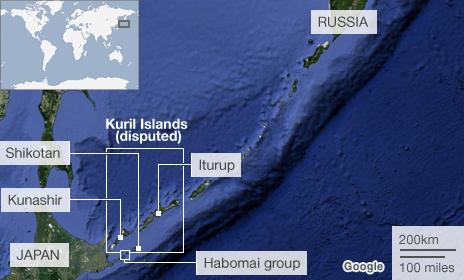
They are Kunashir (Kunashiri in Japanese), Iturup (Etorofu), Shikotan and the Habomai islets, some of which are just a few kilometres from Hokkaido.
About 12,000 people live on the islands and depend mainly on fishing for their livelihood.
What is the dispute about?
The USSR invaded the islands in September 1945, expelling thousands of families to the Japanese mainland.
Japan has never agreed to give the islands up, external, so until a deal is done on that, the two sides cannot agree a peace treaty to formally end World War Two's final conflict.
Since the end of fighting, there have been different decisions made about the islands' future, none of which has changed the status quo.
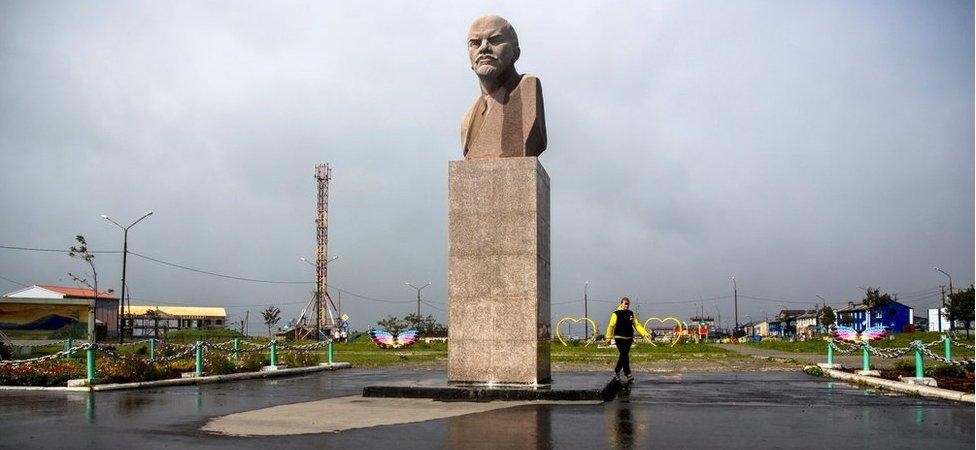
There are about 12,000 people living on the islands according to the Russian government
At the Yalta Summit in 1945, the US, USSR and UK agreed the Soviet Union would get all the Kuril Islands. But in a 1956 joint declaration with Japan, the USSR agreed to hand over Shikotan and Habomai once a peace deal was agreed. It never was.
After the break-up of the USSR, and needing investment, Russia signed a similar joint declaration in 1993, establishing the basis for negotiations to agree a peace treaty. It also went nowhere.
Why has it not been resolved?
Giving territory to the country whose alliance with Nazi Germany helped kill so many Russians, has never been popular in Russia. Japanese nationalists have never wanted to compromise on having all four islands returned either.
The Kuril Islands as a whole are a crucial gateway to the Pacific for Russia's military, which worries Tokyo might one day expand its claims and cut Russia off.
The islands are also sitting on valuable rare earth and hydrocarbon deposits.
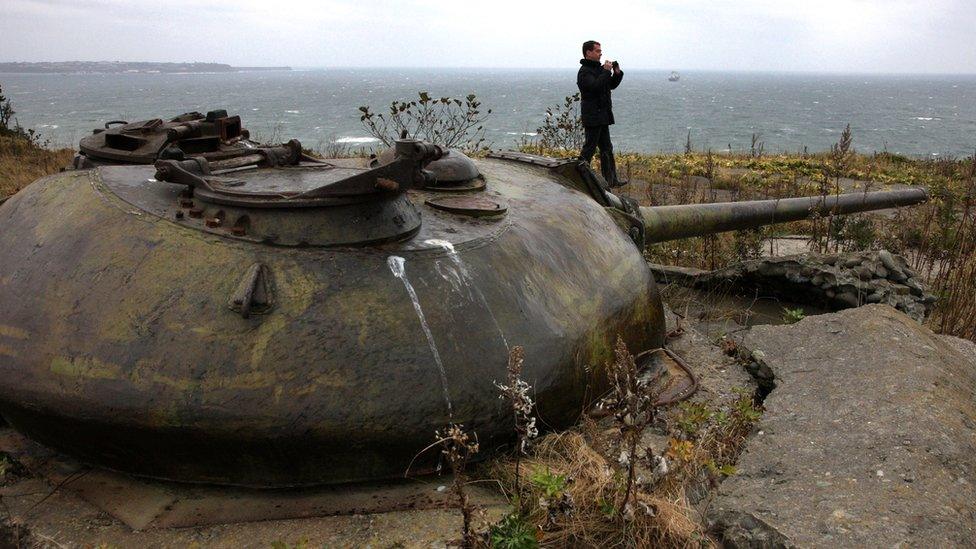
Russia's then-President Dmitry Medvedev visited the islands in 2010
What might happen now?
There are signs Japan has been rethinking its stance on the territorial dispute and could revive the "two-plus-alpha" deal - a 1956 joint declaration where the Soviet Union agreed it would hand over the two smaller islands after a peace treaty was signed.
Despite this, many analysts say a final deal is unlikely to be done this week.
Russia has been hit by Western, and Japanese sanctions, for its role in the Ukraine conflict and its economy is slowing. So Mr Putin will be hoping to make deals with Japanese companies and attract investment.
But Tokyo has said it would not agree any economic co-operation with Russia that would undermine the sanctions.
- Published29 April 2013
- Published22 October 2015
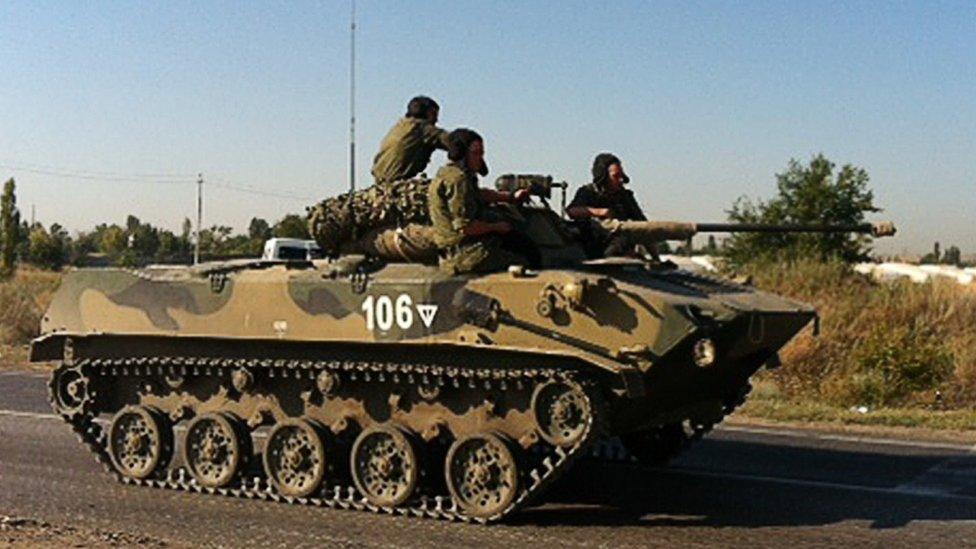
- Published1 November 2010